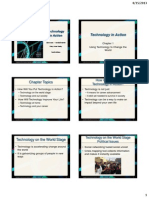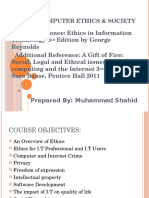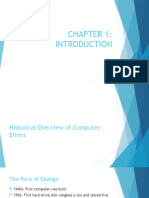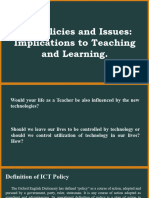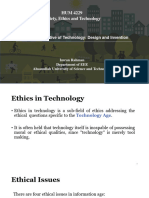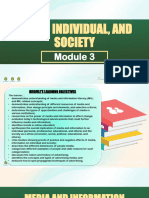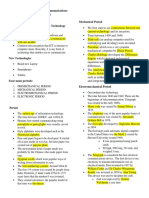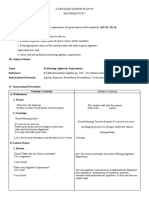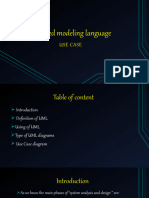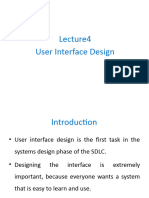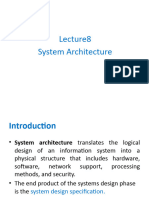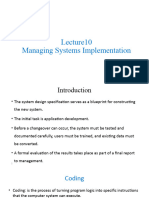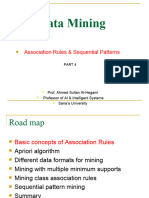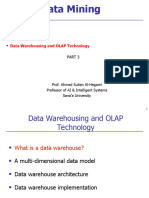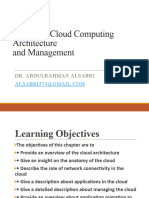0% found this document useful (0 votes)
76 views26 pagesUnwrapping The Gift
The document provides an overview of key topics covered in Chapter 1, including:
1) The rapid pace of technological change over the past 50+ years and new developments like blogs, video sharing, social networking, and collaboration tools.
2) Important issues and themes surrounding technology like unemployment, privacy, and adapting to new innovations.
3) An introduction to ethics as the study of right and wrong action, with a variety of ethical views discussed like utilitarianism, natural rights, and social contracts.
Uploaded by
mba20238Copyright
© © All Rights Reserved
We take content rights seriously. If you suspect this is your content, claim it here.
Available Formats
Download as PPTX, PDF, TXT or read online on Scribd
0% found this document useful (0 votes)
76 views26 pagesUnwrapping The Gift
The document provides an overview of key topics covered in Chapter 1, including:
1) The rapid pace of technological change over the past 50+ years and new developments like blogs, video sharing, social networking, and collaboration tools.
2) Important issues and themes surrounding technology like unemployment, privacy, and adapting to new innovations.
3) An introduction to ethics as the study of right and wrong action, with a variety of ethical views discussed like utilitarianism, natural rights, and social contracts.
Uploaded by
mba20238Copyright
© © All Rights Reserved
We take content rights seriously. If you suspect this is your content, claim it here.
Available Formats
Download as PPTX, PDF, TXT or read online on Scribd
/ 26
















